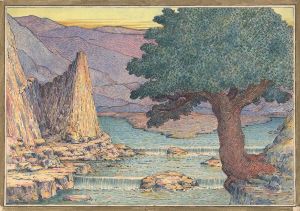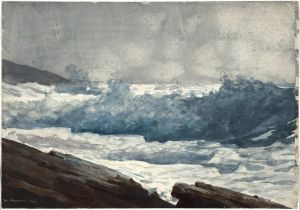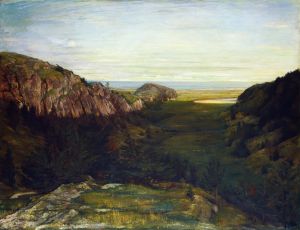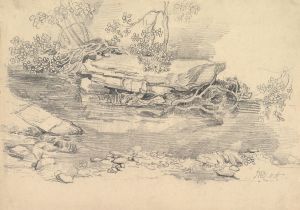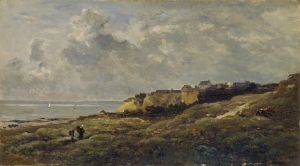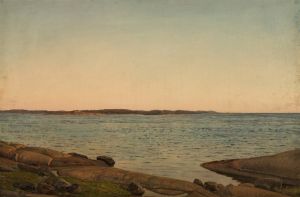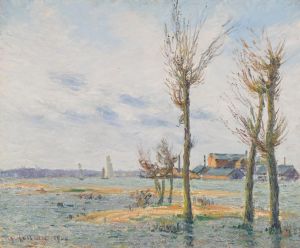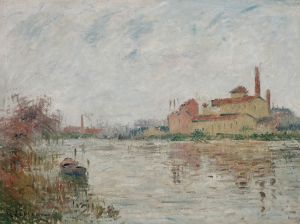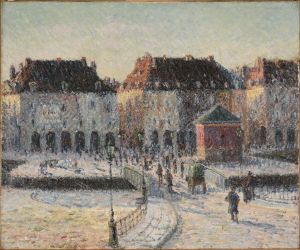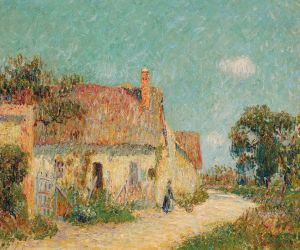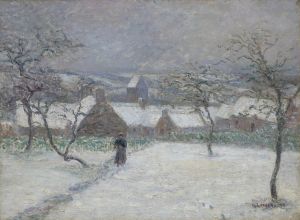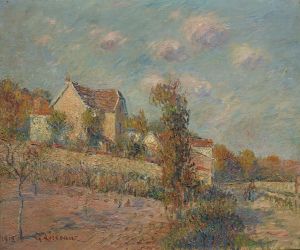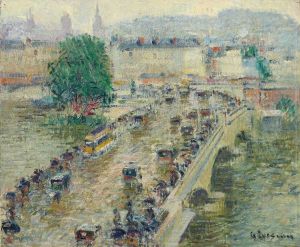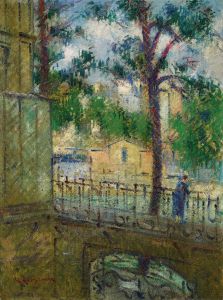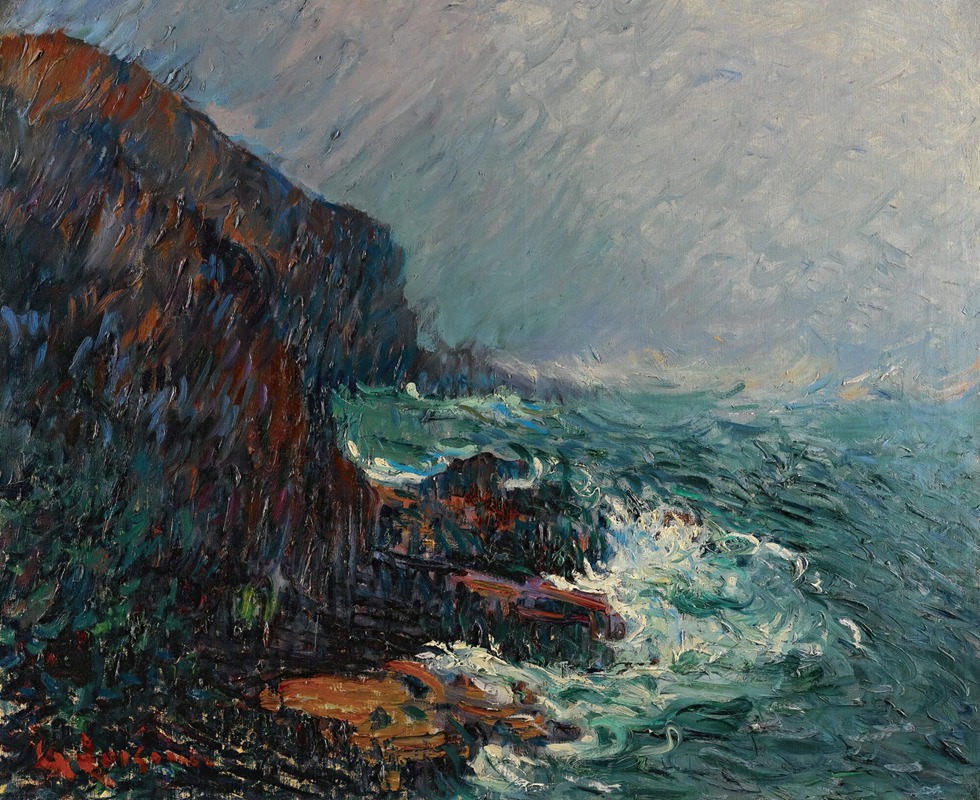
Falaises En Normandie
A hand-painted replica of Gustave Loiseau’s masterpiece Falaises En Normandie, meticulously crafted by professional artists to capture the true essence of the original. Each piece is created with museum-quality canvas and rare mineral pigments, carefully painted by experienced artists with delicate brushstrokes and rich, layered colors to perfectly recreate the texture of the original artwork. Unlike machine-printed reproductions, this hand-painted version brings the painting to life, infused with the artist’s emotions and skill in every stroke. Whether for personal collection or home decoration, it instantly elevates the artistic atmosphere of any space.
Gustave Loiseau (1865–1935) was a French Post-Impressionist painter known for his landscapes and scenes of rural life. He was particularly associated with the depiction of the French countryside, capturing its natural beauty through a distinctive style characterized by vibrant colors and dynamic brushwork. One of his notable works is "Falaises En Normandie," which translates to "Cliffs in Normandy."
"Falaises En Normandie" is a painting that exemplifies Loiseau's fascination with the natural landscapes of France, particularly the Normandy region. This area is renowned for its dramatic cliffs and coastal scenery, which have inspired numerous artists over the years. Loiseau's interpretation of the Normandy cliffs showcases his ability to convey the atmospheric conditions and the interplay of light and shadow on the landscape.
Loiseau's technique often involved the use of short, brisk brushstrokes, a hallmark of the Post-Impressionist movement. This approach allowed him to capture the transient effects of light and weather, bringing a sense of immediacy and vibrancy to his work. In "Falaises En Normandie," Loiseau likely employed this technique to depict the rugged texture of the cliffs and the surrounding natural elements, such as the sea and sky.
The painting reflects Loiseau's commitment to plein air painting, a practice where artists paint outdoors to directly observe and capture the natural environment. This method was popular among Impressionists and Post-Impressionists, as it allowed them to study the changing effects of light and atmosphere in real-time. Loiseau's dedication to this technique is evident in the lively and dynamic quality of his landscapes.
Loiseau was part of a circle of artists who were influenced by the Impressionist movement, yet he developed his own distinct style that set him apart. His work is characterized by a focus on structure and form, often emphasizing the geometry of the landscape. This is evident in "Falaises En Normandie," where the cliffs are rendered with a sense of solidity and presence, contrasting with the fluidity of the sea and sky.
Throughout his career, Loiseau remained committed to exploring the landscapes of France, particularly those regions that offered dramatic and picturesque views. Normandy, with its iconic cliffs and coastal vistas, provided a rich source of inspiration for his work. "Falaises En Normandie" is a testament to his ability to capture the essence of a place, translating its natural beauty onto canvas with skill and sensitivity.
Loiseau's paintings, including "Falaises En Normandie," continue to be appreciated for their vibrant depiction of the French landscape and their contribution to the Post-Impressionist movement. His work is held in various public and private collections, and he remains an important figure in the history of French art, celebrated for his unique vision and artistic legacy.





